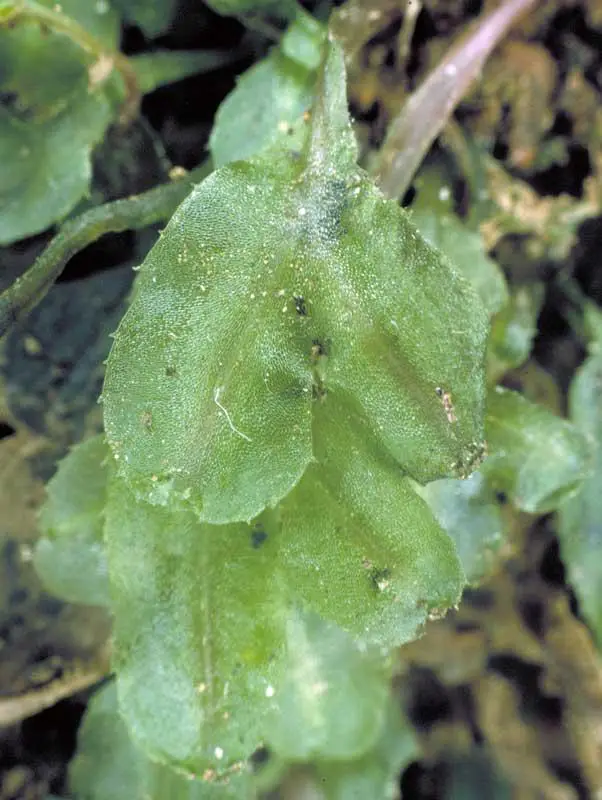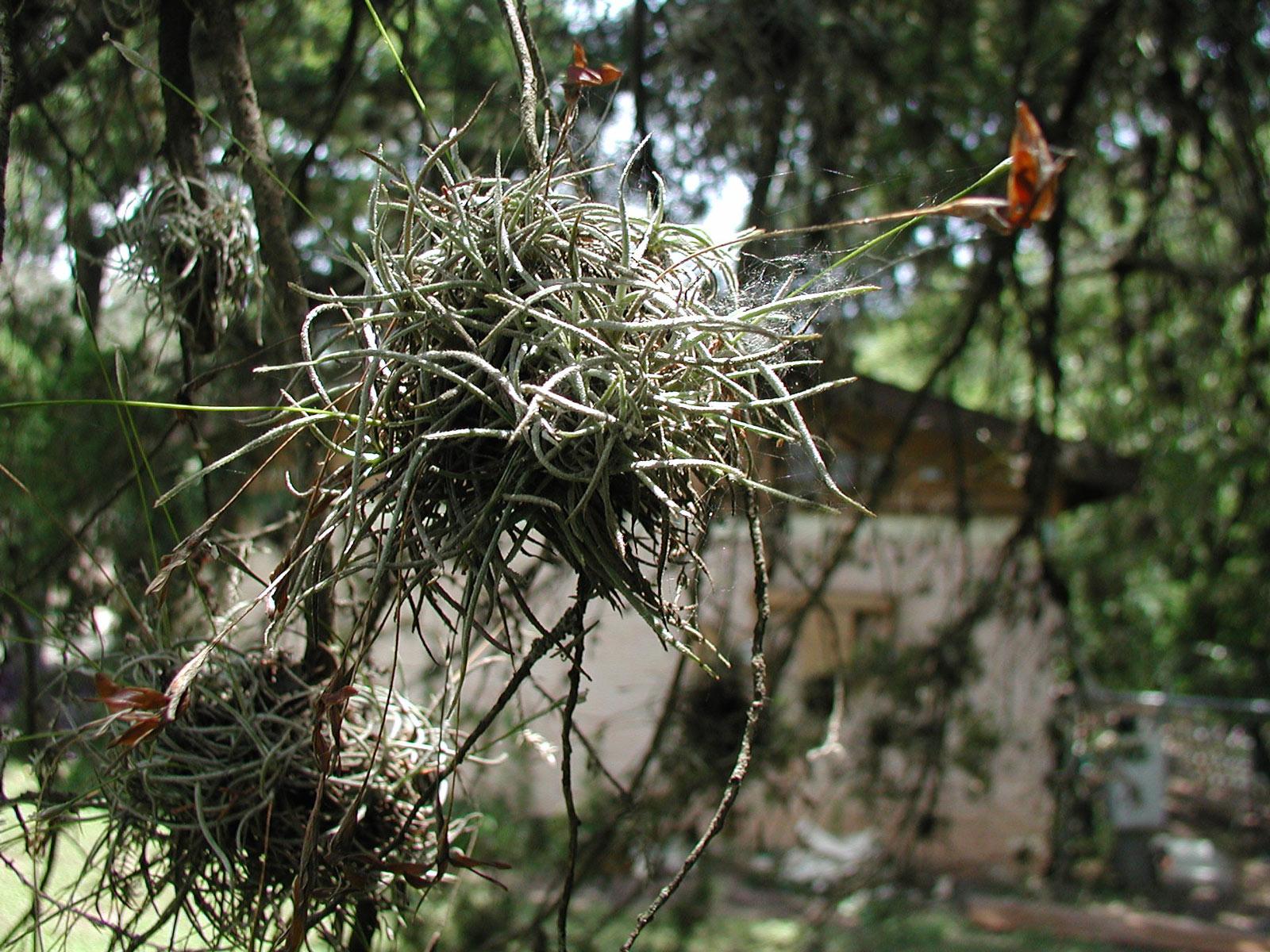Symphyogyna: The Hidden Beauty of the Mossy World
Affiliate Disclaimer: As an affiliate, we may earn a small commission when you make a purchase from any of the links on this page at no additional cost to you!
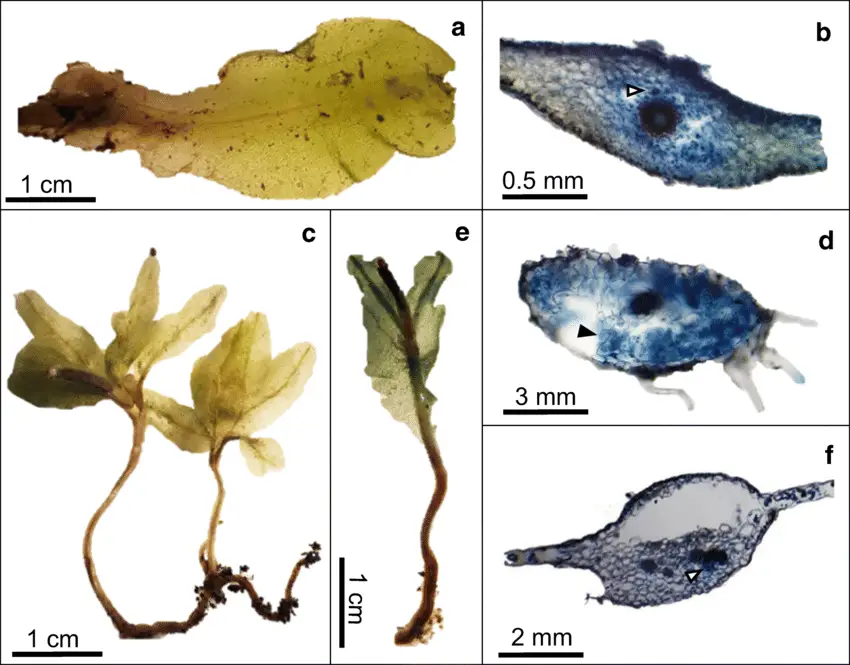
a-b-Symphyogyna-circinata-BCRU-5497-a-Overall-appearance-of-the-thallus-b-Cross.png from: https://www.researchgate.net/figure/a-b-Symphyogyna-circinata-BCRU-5497-a-Overall-appearance-of-the-thallus-b-Cross_fig1_334182561
Introducing Symphyogyna semi-involucrata Austin: A Fascinating Moss of the Pallaviciniaceae Family
Mosses may be small, but they play a big role in many ecosystems around the world. One particularly interesting moss is Symphyogyna semi-involucrata Austin, also known simply as Symphyogyna. This unique species belongs to the Pallaviciniaceae family in the division Marchantiophyta, class Jungermanniopsida. Let’s take a closer look at this captivating little plant.
Background on Symphyogyna Mosses
The genus Symphyogyna contains around 80 species of thalloid liverworts found in tropical and southern temperate regions worldwide. They are characterized by their ribbon-like, branching thalli (leaf-like structures).
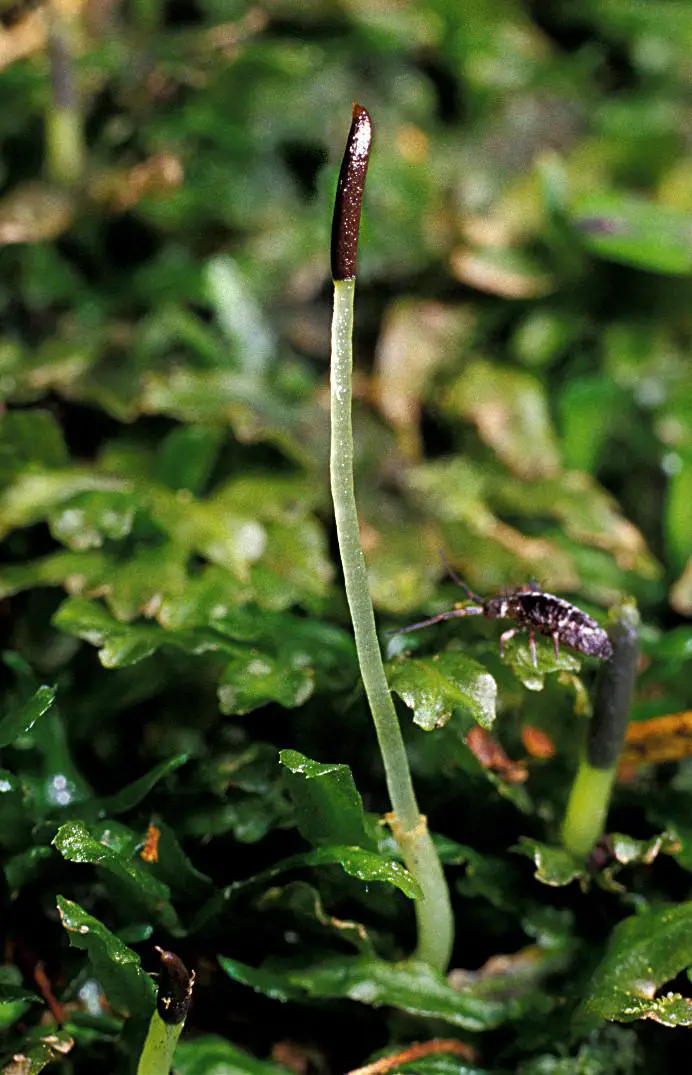
symphyogyna-brasiliensis.jpg from: https://www.earth.com/plant-encyclopedia/Bryophytes/Pallaviciniaceae/symphyogyna-brasiliensis/en/
S. semi-involucrata was first described by American bryologist Coe Finch Austin in 1869 based on specimens collected in Hawaii.
Morphology and Identification
S. semi-involucrata has thin, translucent thalli that are 1-3 cm long and 2-4 mm wide. The thalli have a distinct midrib and are sparsely branched. The underside bears numerous rhizoids for attachment to the substrate. Gametangia (reproductive structures) are borne on short lateral branches. The species is dioicous, meaning male and female organs are on separate plants.
Global Distribution and Habitat
This moss has a pantropical distribution, found in humid forests and mountain habitats in regions such as:
- Hawaii
- Central and South America
- Caribbean islands
- Australasia
- Southeastern Asia
It typically grows on damp soil, rocks, logs, or tree trunks in shaded locations
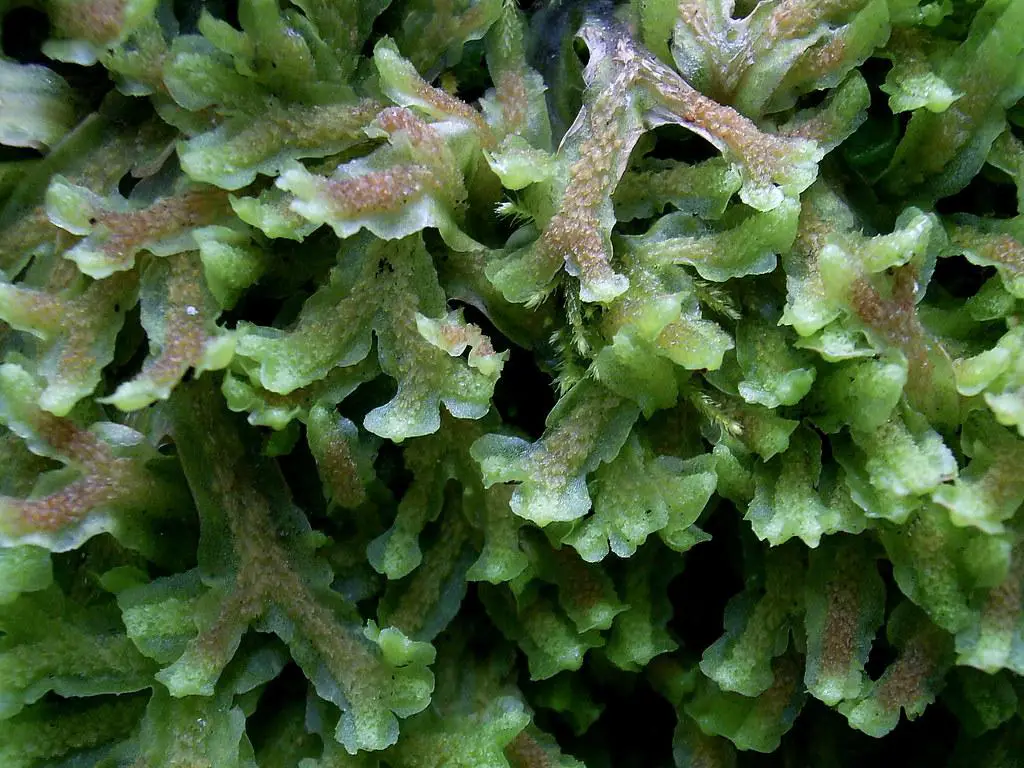
5451319137_dcb3fccaed_b.jpg from: https://www.flickr.com/photos/43304457@N03/5451319137
from low to high elevations (up to 3000 m
Symphyogyna-leptothelia-JASSilva-292-CCAA-A-Habit-B-Thalli-ventral-view-C.ppm from: https://www.researchgate.net/figure/Symphyogyna-leptothelia-JASSilva-292-CCAA-A-Habit-B-Thalli-ventral-view-C_fig6_348305248
).
Ecological Roles and Adaptations
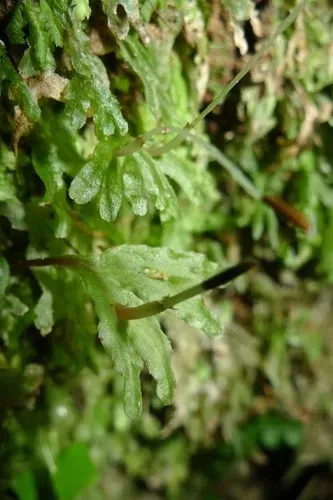
398A12BF52104689993508A2D043538F.jpeg from: https://www.picturethisai.com/es/wiki/Symphyogyna_hymenophyllum.html
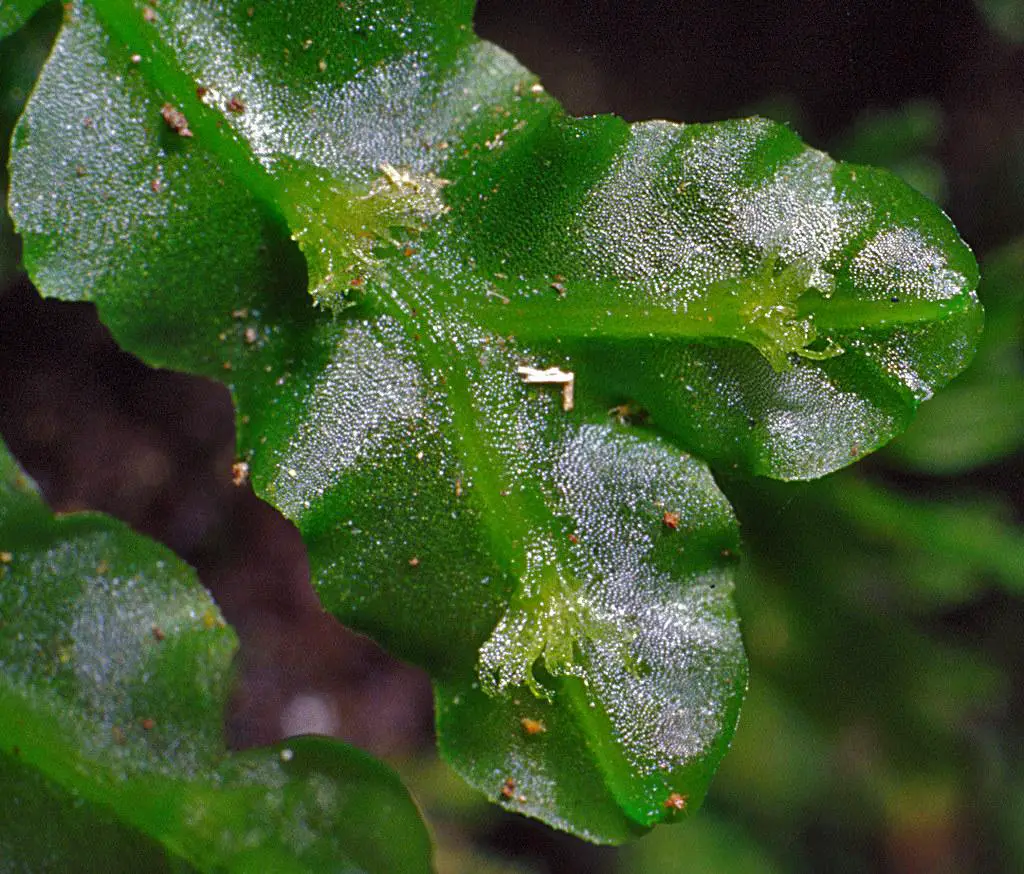
3434235233_39d2dee4b7_b.jpg from: https://www.flickr.com/photos/gjshepherd/3434235233
Like other bryophytes, S. semi-involucrata plays important roles in its ecosystems:
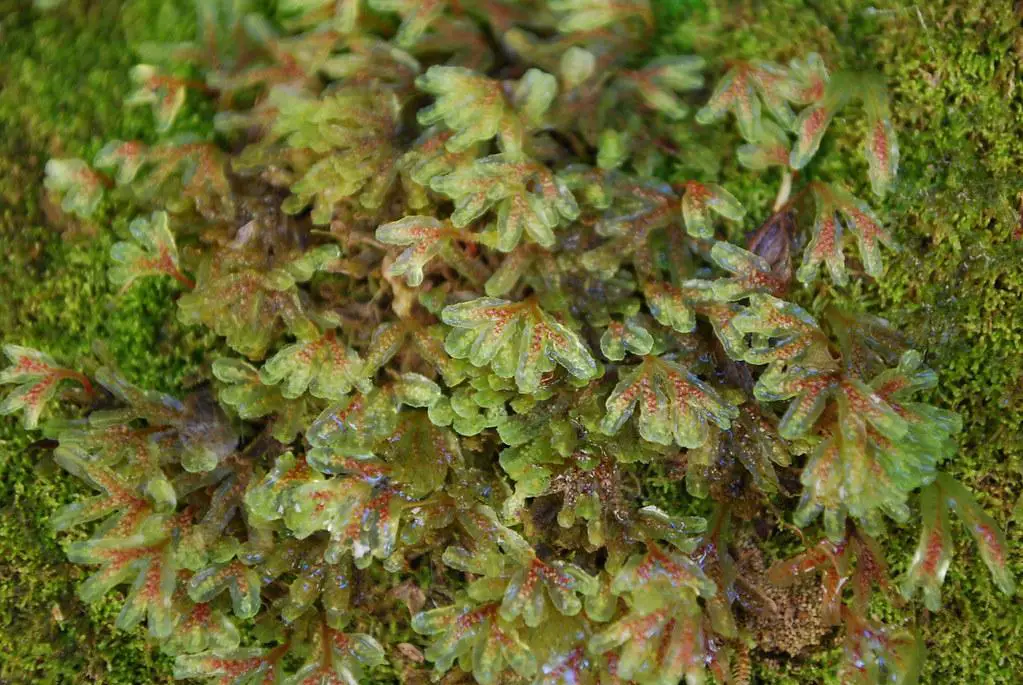
4190948561_06d9d3bd3f_b.jpg from: https://www.flickr.com/photos/huenchecal/4190948561
- Nutrient cycling – traps and releases nutrients
- Water retention – acts like a sponge to hold moisture
- Erosion control – stabilizes soil on forest floors and stream banks
- Microhabitats
symphy-podophylla-46.jpg from: https://www.cpbr.gov.au/bryophyte/photos-captions/symphyogyna-podophylla-46.html
– provides shelter for tiny invertebrates
ball-moss.jpg from: https://www.keepaustingreen.com/tree-services/other-services/
Its thin, semi-transparent thalli are an adaptation to low light conditions on forest floors. The extensive rhizoids allow it to cling tightly to substrates in its often wet, slippery habitats.
Conclusion
From Hawaiian cloud forests to Andean slopes, Symphyogyna semi-involucrata Austin serves as a reminder that even the smallest organisms can have an outsized impact. The next time you’re in a tropical forest, take a moment to appreciate the mighty mosses at your feet! What other secrets might these ancient plants hold?
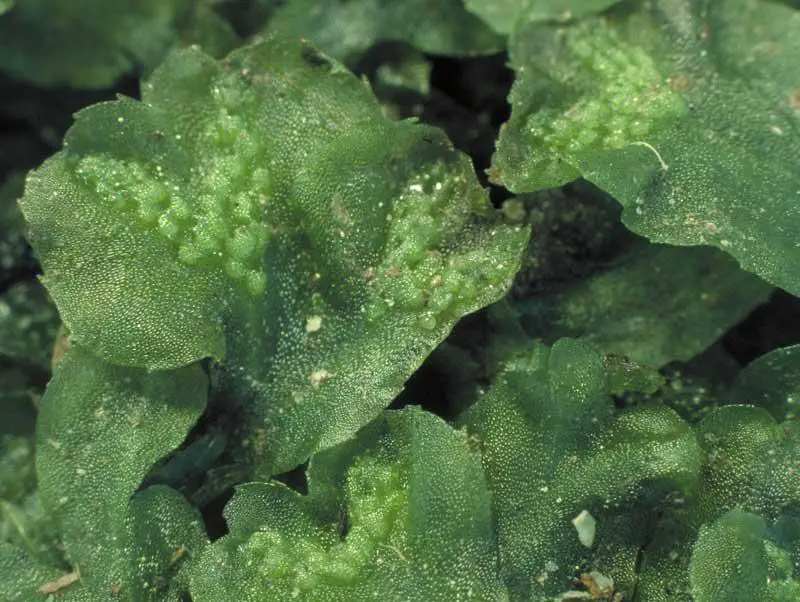
symphy-podophylla-45.jpg from: https://www.anbg.gov.au/bryophyte/photos-captions/symphyogyna-podophylla-45.html

